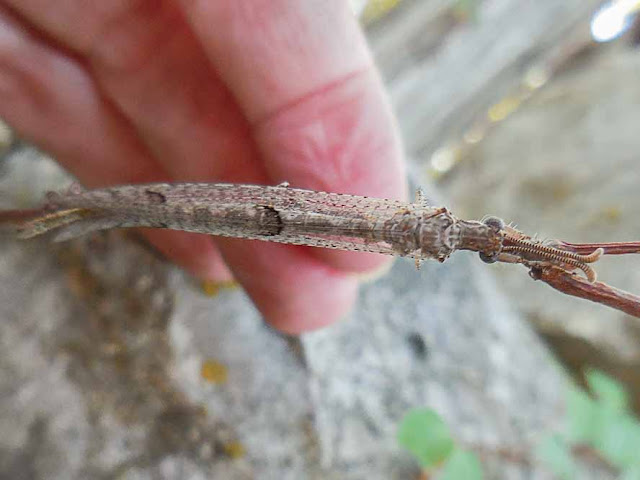
Last night, I was outside watering my plant friends (to keep them alive during these blazing hot temps) when I noticed a cloud of gnats or tiny flies swarming around our tall Texas hibiscus. I inched up closer to see better. And look what I found! A praying mantid TRYING to eat her bug supper. Those pesky flies kept horning in, trying to get some, too. You can see them in these photos. I also took a video, but the focus is horrible. I'm going to share it because you can at least see the flies flying around the mantid. Interesting!





















































